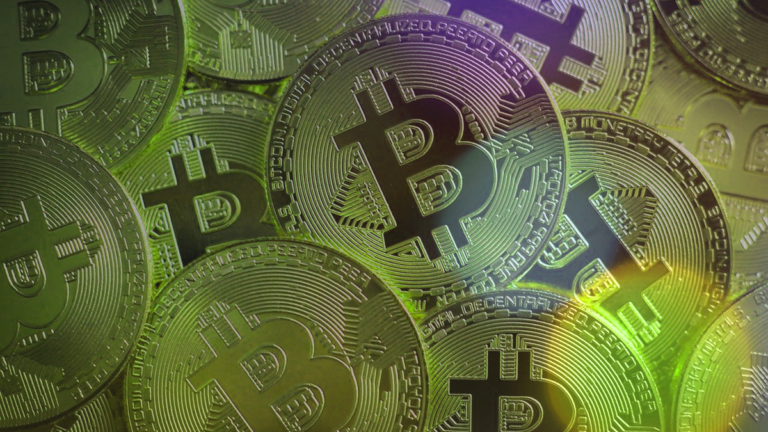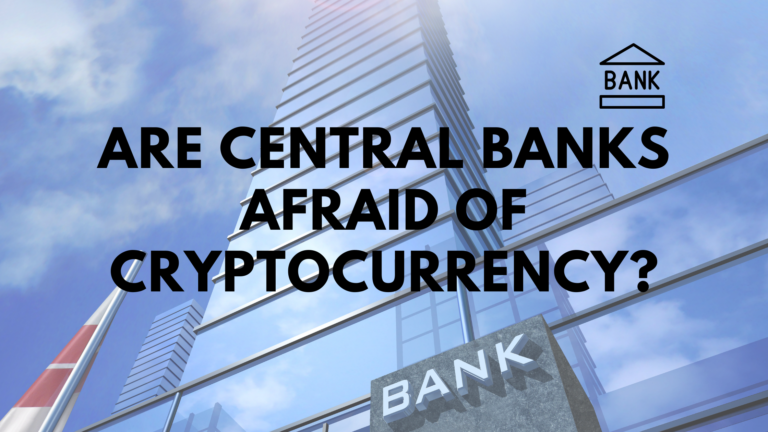
So you’ve seen the breaking news, and you’ve been hearing the chatter on your Telegram groups. Each day now, almost every #DeFi hashtag you see on your Twitter feed has been talking about how people are leveraging all their crypto to make profits.
It’s easy to get lost in the spiral of growing “yields” and new “incentives” and a bunch of other decentralized finance (DeFi) terminology being bandied around the internet. But at the very foundation of DeFi’s success, lies the successful implementation of a unique piece of decentralized technology called Automated Market Makers (AMMs).
Trustless money on trusted exchanges
Four years after the pizza BTC transaction, when Bitcoin markets were first becoming more organized and traders needed a place to reliably sell or buy crypto, an exchange called Mt Gox was the go-to place. Even crypto personalities like Roger Ver (co-founder Bitcoin.com) believed it was a safe place to store Bitcoin and promoted it heavily — but later apologized in the aftermath of the infamous Mt Gox hack that caused tens of thousands of investors to lose their precious holdings.
Exchanges still are the norm today for retail traders, and exchange wallets still account for the majority of crypto assets out there. The liquidity — actual assets available for selling or buying — is represented by huge order books on these exchanges, where people can place their orders to buy or sell at a certain price.
In essence, centralized exchanges provide a valuable service for investors and traders: a place where markets are made.
But the Mt Gox hack, and the many hacks that followed in the years after, showed that a major vulnerability of trusting a company to hold your crypto: if they get hacked, or just decide to withhold your monies, then there’s not much you can do about it. Even litigation efforts to recover lost Bitcoin from Mt Gox continue to play out in Japanese courts today.
Trustless Money on Non-Custodial Markets
The obvious fix was to further decentralize these centralized market makers, and so-called decentralized exchanges or DEXs came along, but these continued to suffer from poor liquidity due to more complex arrangements needed to be made to make markets. It became the perennial chicken and egg problem: to attract more users, you need more liquidity but to get more liquidity, you need more users.
But with efforts to progress the sector of DeFi, several platforms put out a new spin on the non-custodial model, looking at ways to leverage idle crypto capital to offer a return on them. The giants of DeFi were Curve and Uniswap, among others, and they allowed users to exchange digital assets without the need for a centralized custodian — hence Automated Market Makers.
Different from DEXs, you didn’t have order books, so no one had to place bids or ask orders and wait for someone to take them. Instead, formulas are used to automatically determine asset prices as trades occur. And to incentivize people to use them, AMMs generally offer rewards in the shape of native tokens to traders using them, as well as to those providing liquidity to them as idle assets — this is the oft-cited “yield” that is returned to users in the form of a share of trading fees and token rewards.
A rundown of the two most common forms of yield that you can expect from an AMM like Curve or Uniswap follows:
Liquidity Pools
For a market to succeed as a viable trading place, you need liquidity. AMMs invite people to place their idle assets as liquidity, combining all user deposits to form a liquidity pool. The larger the pool, the more trades it can handle. As a reward, contributors to this “LP” will receive a share of fees proportional to their contribution to the pool.
Liquidity Mining
AMMs also offer their own tokens for those contributing to the LP. Generally, the longer you lock in your assets to the pool, the bigger your percentage of the LP rewards pie. In essence, you are staking your assets and “mining” native tokens. To incentivize you for the risk, you get a share of the tokens mined, in addition to the LP fees. You can then sell the tokens for additional yield.
Of course, it’s a lot more complex than that with AMMs, yield is guaranteed — but actual dollar value profit is not. You could still lose if tokens fall down in price, and there is also a concept of “Impermanent Loss”, which is the risk that your assets can’t be traded back to its initial dollar value. This can happen in many ways but the most common happens when assets are traded at a price cheaper than on a centralized exchange.
It’s all a balancing act in DeFi in the end, but as the technology improves and liquidity becomes more predictable, with crypto in general maturing over time, AMMs are likely to be a critical and permanent part of the crypto infrastructure.






